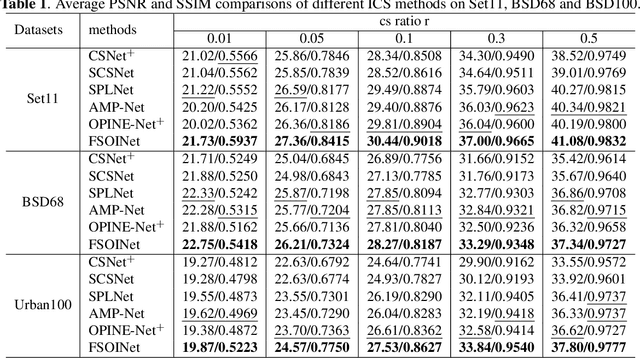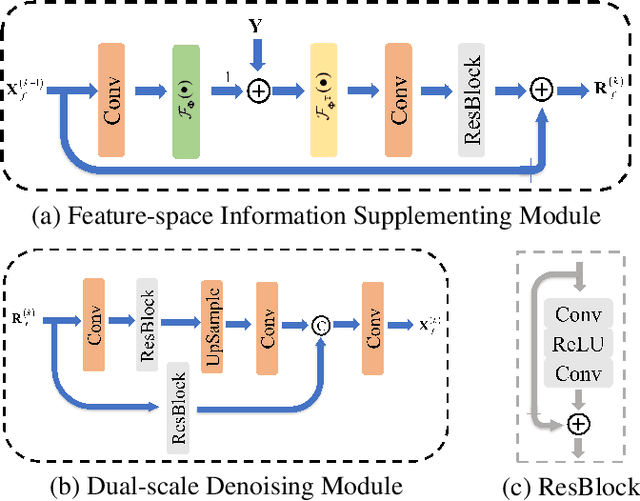Wenjun Chen
Multimodal Laryngoscopic Video Analysis for Assisted Diagnosis of Vocal Cord Paralysis
Sep 05, 2024



Abstract:This paper presents the Multimodal Analyzing System for Laryngoscope (MASL), a system that combines audio and video data to automatically extract key segments and metrics from laryngeal videostroboscopic videos for clinical assessment. MASL integrates glottis detection with keyword spotting to analyze patient vocalizations and refine video highlights for better inspection of vocal cord movements. The system includes a strobing video extraction module that identifies frames by analyzing hue, saturation, and value fluctuations. MASL also provides effective metrics for vocal cord paralysis detection, employing a two-stage glottis segmentation process using U-Net followed by diffusion-based refinement to reduce false positives. Instead of glottal area waveforms, MASL estimates anterior glottic angle waveforms (AGAW) from glottis masks, evaluating both left and right vocal cords to detect unilateral vocal cord paralysis (UVFP). By comparing AGAW variances, MASL distinguishes between left and right paralysis. Ablation studies and experiments on public and real-world datasets validate MASL's segmentation module and demonstrate its ability to provide reliable metrics for UVFP diagnosis.
FSOINet: Feature-Space Optimization-Inspired Network for Image Compressive Sensing
Apr 12, 2022



Abstract:In recent years, deep learning-based image compressive sensing (ICS) methods have achieved brilliant success. Many optimization-inspired networks have been proposed to bring the insights of optimization algorithms into the network structure design and have achieved excellent reconstruction quality with low computational complexity. But they keep the information flow in pixel space as traditional algorithms by updating and transferring the image in pixel space, which does not fully use the information in the image features. In this paper, we propose the idea of achieving information flow phase by phase in feature space and design a Feature-Space Optimization-Inspired Network (dubbed FSOINet) to implement it by mapping both steps of proximal gradient descent algorithm from pixel space to feature space. Moreover, the sampling matrix is learned end-to-end with other network parameters. Experiments show that the proposed FSOINet outperforms the existing state-of-the-art methods by a large margin both quantitatively and qualitatively. The source code is available on https://github.com/cwjjun/FSOINet.
 Add to Chrome
Add to Chrome Add to Firefox
Add to Firefox Add to Edge
Add to Edge